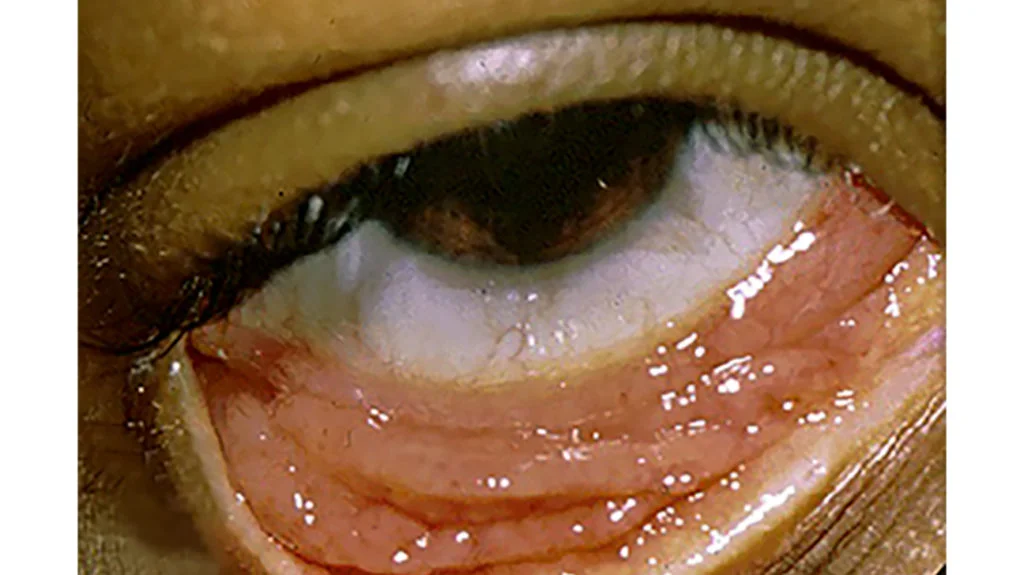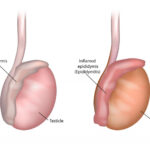Chlamydial infections, caused by the bacterium Chlamydia trachomatis, are among the most prevalent sexually transmitted infections (STIs) globally. These infections can affect various parts of the body and pose serious health risks if left untreated. This guide provides an in-depth look at chlamydial infections, covering symptoms, diagnosis, treatment, and prevention strategies.

Understanding Chlamydial Infections
Chlamydia is a bacterial infection primarily transmitted through sexual contact, including vaginal, anal, and oral intercourse. It can infect the genital tract, rectum, and throat. In some cases, it can also cause eye infections, known as trachoma, particularly in regions with limited access to healthcare.
Risk Factors
Several factors increase the likelihood of contracting chlamydia, including:
- Engaging in unprotected sexual activity.
- Having multiple sexual partners.
- Being under the age of 25 and sexually active.
- A history of other STIs.
- Lack of routine STI screening.
Symptoms of Chlamydial Infections
Chlamydia is often referred to as a “silent” infection because most infected individuals exhibit no symptoms. When symptoms do appear, they can vary depending on the site of infection.
Symptoms in Women
- Abnormal vaginal discharge.
- Pain during urination.
- Lower abdominal pain.
- Painful intercourse.
- Bleeding between menstrual cycles.
- Rectal pain or discharge (in cases of rectal infection).
Symptoms in Men
- Penile discharge.
- Painful urination.
- Testicular pain or swelling.
- Rectal pain or discharge (in cases of rectal infection).
Symptoms in Newborns
Babies born to infected mothers may develop conjunctivitis or pneumonia. Symptoms in newborns include:
- Eye redness and swelling.
- Thick discharge from the eyes.
- Persistent cough or breathing difficulties.
Diagnosis of Chlamydial Infections
Accurate diagnosis is essential for effective treatment. Diagnostic methods include:
- Nucleic Acid Amplification Tests (NAATs): The most sensitive and specific test, typically performed on urine samples or swabs from the affected site.
- Microscopy and Culture: Less commonly used but still effective in certain cases.
- Point-of-Care Tests: Rapid tests that provide results within minutes, though less accurate than NAATs.
Treatment Options
Chlamydial infections are curable with appropriate antibiotic therapy. The most commonly prescribed medications include:
- Azithromycin: A single-dose treatment.
- Doxycycline: A 7-day course.
For severe infections, additional treatment options may be necessary, such as intravenous antibiotics. It is essential to inform sexual partners and ensure they are treated to prevent reinfection.
Complications of Untreated Chlamydia
If left untreated, chlamydia can lead to serious complications, including:
- Pelvic Inflammatory Disease (PID): In women, this can cause infertility, chronic pelvic pain, and ectopic pregnancy.
- Epididymitis: In men, this can lead to infertility.
- Reactive Arthritis: Joint inflammation triggered by infection.
- Neonatal Complications: Eye infections and pneumonia in newborns.
Prevention Strategies
Preventing chlamydial infections involves a combination of behavioral and medical interventions:
- Condom Use: Consistent and correct use of condoms reduces the risk of transmission.
- Routine Screening: Regular STI testing for sexually active individuals, especially those under 25 or with multiple partners.
- Partner Notification and Treatment: Informing sexual partners to ensure they receive treatment.
- Education and Awareness: Promoting safe sex practices and STI awareness.
Public Health Impact
Chlamydial infections remain a significant public health challenge due to their high prevalence and potential for severe complications. Early diagnosis, prompt treatment, and effective prevention strategies are crucial for reducing the burden of this infection.

